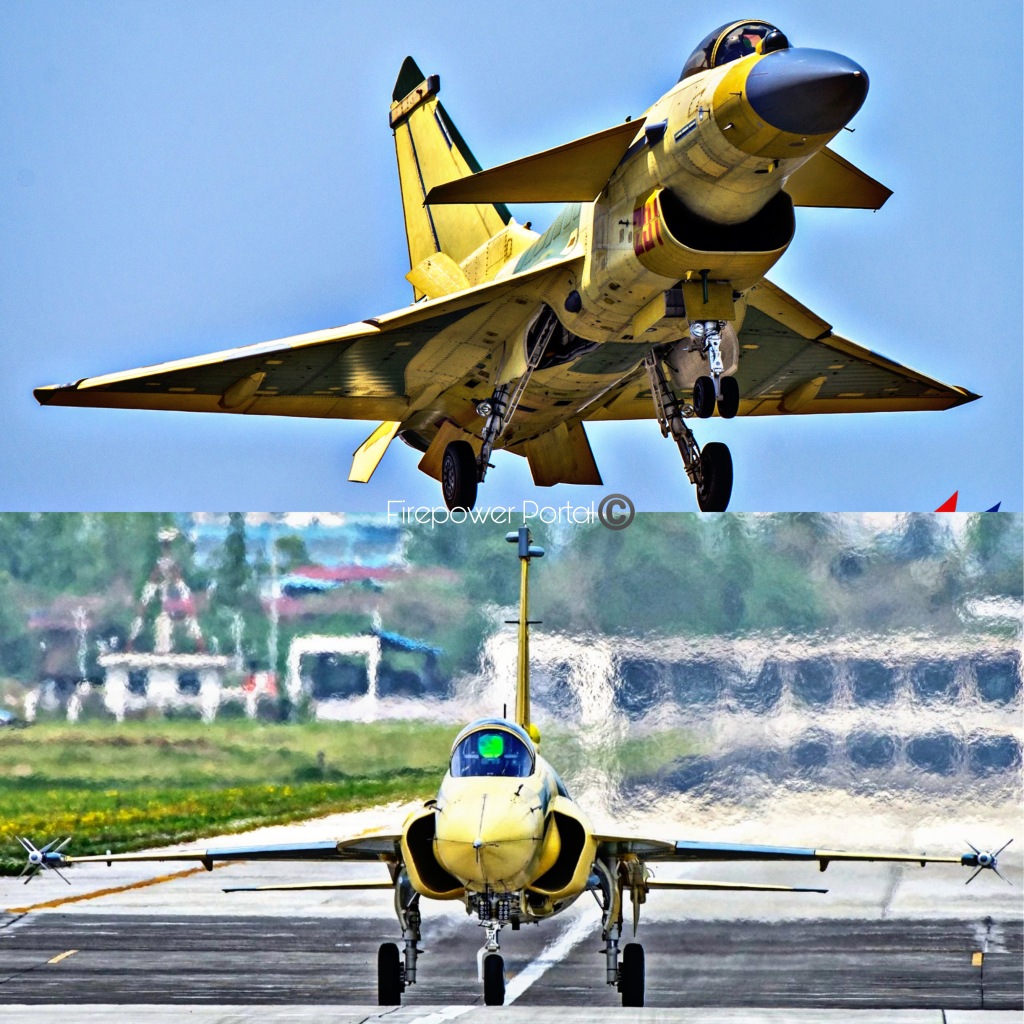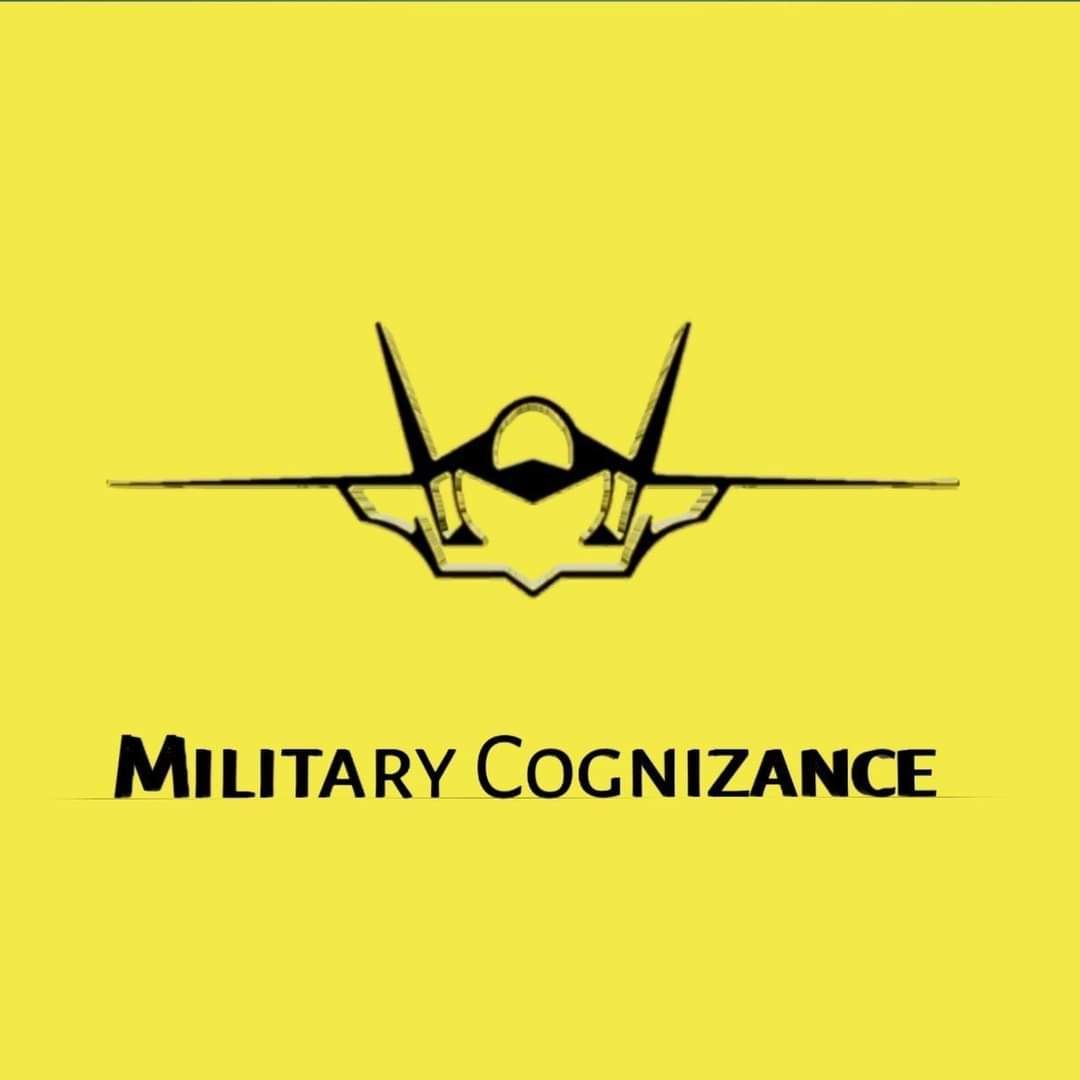
The recent developments in South Asia have taken everyone by surprise. Pakistan Air Force was expected to lose its edge as soon as Indian Air Force acquired the Rafales in 2020, an Omni role fighter that features state-of-the-art technologies designed in Europe. However, Islamabad found the solution to counter its arch-rival by seeking assistance not from a faraway country but from its closest allies in the region, which is China.
JF-17 Block III: The latest iteration of the JF-17 “Thunder” fighter aircraft is not a new or sudden unveiling. But in fact, it is a standard up-gradation to continue the family of the jointly developed Sino-Pak fighter that improved the aircraft’s combat potential, avionics suite, and self-protection systems. However, this new feature-set introduced in the platform enables it to take-on modern-era threats more effectively while with increased survivability. The first reportedly includes 11 airframes, rolled out in early January from PAC Kamra facility-based and expected to join the operational fleet of Pakistan Air Force soon after completion of all the ground and flight trials.

Block III replaces some of the major systems featured in the Block II variant. Primary includes an Active Electronically Scanned Array (AESA) radar, designated KLJ-7A and developed by Nanjing Research Institute of Electronic Technology (NRIET). The radar offers a detection range of up to 170 kilometers for a 5m2 Radar Cross Section (RCS) target and keep a track of 15 targets simultaneously with the capability to engage 4 of them. The primary Beyond Visual Range (BVR) engagement weapon available for deployment will be PL-15E with a max engagement range of nearly 120 kilometers. With the integration of the Helmet Mounted Sight (HMS) system, the aircraft can now utilize the High Off BoreSight (HOBS) attack ability via PL-10E Close Combat Missile (CCM) that is equipped with an Imaging Infrared (IIR) seeker. Three-axis Fly-By-Wire (FBW) has been added, offering enhancement in safety performance. All these systems make JF-17 now more viable for modern air defense needs.
Read More: Indian Navy Submarine: INS Vela (S 24)
J-10C: The J-10C acquisition took everyone by surprise as even the reports coming out since mid-2021 were treated as rumors, due to the nature of the news that always makes its way to the internet every year. However, confirmation by Pakistan’s interior minister gave an end to speculations and finally made it clear that Pakistan will import China’s single-engine fighter, which has come a long way since its first flight in 1998. The aircraft that was initially infamous due to a variety of shortcomings has now matured into a sophisticated battle machine.
Read More: Israeli Submarine Fleet 2022
However, there is a lack of clarity in the actual specifications of the aircraft. However, information like the fitment of an AESA radar can achieve long detection ranges, estimated at around 180-200 kilometers against 5m2 RCS targets, as per the calculations made from a leaked image of a testbed J-10B aircraft with radar exposed. However, the aircraft does not offer a much greater expansion of features over JF-17 but in fact, sports the same weapon package. However, it is good as a stop-gap measure to keep the strength competitive vis-à-vis the Indian Air Force before an adequate number of JF-17s finally arrive in PAF inventory.

Drone Excellency: Pakistan military’s operational history is filled with various conflicts and information related to tactics employed in combat to achieve desired objectives. One of the well-known tactics is the deployment of Unmanned Combat Aerial Vehicles (UCAVs) in Counter-Insurgency (COIN) missions. The success of their utilization eventually favored the expansion of the UAV fleet with the acquisition of more types with enhanced capabilities. These include state-of-the-art platforms like Chinese CAIG’s Wing Loong II and Turkey’s Bayraktar TB2. Indigenous developments also include Burraq and Shahpar-2 which are optimized to carry a variety of electro-optical and combat payloads to precisely target hostile fortifications or infantry.

The Road Ahead?
While both JF-17 Block III and J-10C are for threats of the present, what are the plans to deal with the next stage of the evolving battleground? Details regarding the plans already surfaced n media, via authentic sources which are:
Continuing the JF-17 family: While Block III is considered as the latest form of Pakistan’s locally produced fighter aircraft, it is certainly not the last in its family. It is expected that authorities are also looking at prospects and technologies to be incorporated in the Block IV standard of JF-17. Basic radar upgrades, Avionics and Electronic Warfare suite enhancements, and new weapon packages are expected to be packed in future JF-17.
Fifth Generation Fighter aircraft (FGFA): Development of a fighter generation or next-generation fighter was publicly announced way back in July 2017 under program “Project AZM”, under which several projects would be pursued, ranging from offensive munitions, MALE drones, UCAVs, UAVs, and FGFA, by dedicated Kamra Aviation City. The FGFA even today is regarded as the most ambitious element of Azm. While there is still much uncovered in the context of its present development status, it is learned that Pakistan Aviation Research, Innovation, and Development (AvRID) Secretariat has chosen the first of the four conceptual design stage cycles for the platform. However, the preliminary design stager is yet to be completed which means the jet is still very far from taking its first flight. Therefore, without any details on its present state, one can speculate that we can witness the first flight of the aircraft sometime around 2030 or beyond.
Autonomous Warfare: Recently unveiled via an editorial published in air Forces Monthly, Pakistan is reportedly working in a joint venture involving China and Turkey to employ the concept of Man Unmanned Teaming (MUM-T) for combat operations. As the name suggests, this concept involves the participation of both manned and unmanned combat elements which work in coordination to attain desired objectives. This is based on tactics where the manned aircraft will act as a “mothership” for the swarm of drones, UAVs and guide them towards the objective in hostile territory while remaining safe in friendly airspace itself.

The doctrine of Pakistan: Will the doctrine remain the same?
Since its inception, it has been observed that Pakistan’s military acquisitions have always remained focused on acquiring quality over quantity, unlike its eastern neighbor and arch-rival India, which always maintains the edge in numbers. F-86 “Sabre”, F-104 “Starfighter” and now J-10C, Pakistan Air Force’s procurements keeps the number low but make sure to extract the most from any platform it acquires to deal with major regional power situated in the east. However, it must be noted that modern systems available in IAF inventory are no less than top-notch platforms, especially the Rafale we discussed earlier but looking at the large airspace over the Indian territory, only two squadrons of Dassault Aviation’s flagship fighter may not be enough while upcoming two squadrons, complemented by 50 JF-17 Block II will outnumber the Rafales. But modern military operations do not mean full force going against full force, therefore, the actual result of the battlefield will be based on proper framing and eventually precision execution of the plans laid. Therefore, it does not matter how many units are available in respective inventories, the mission carried out with more accurate intelligence backing and skills will always outmatch the other.

